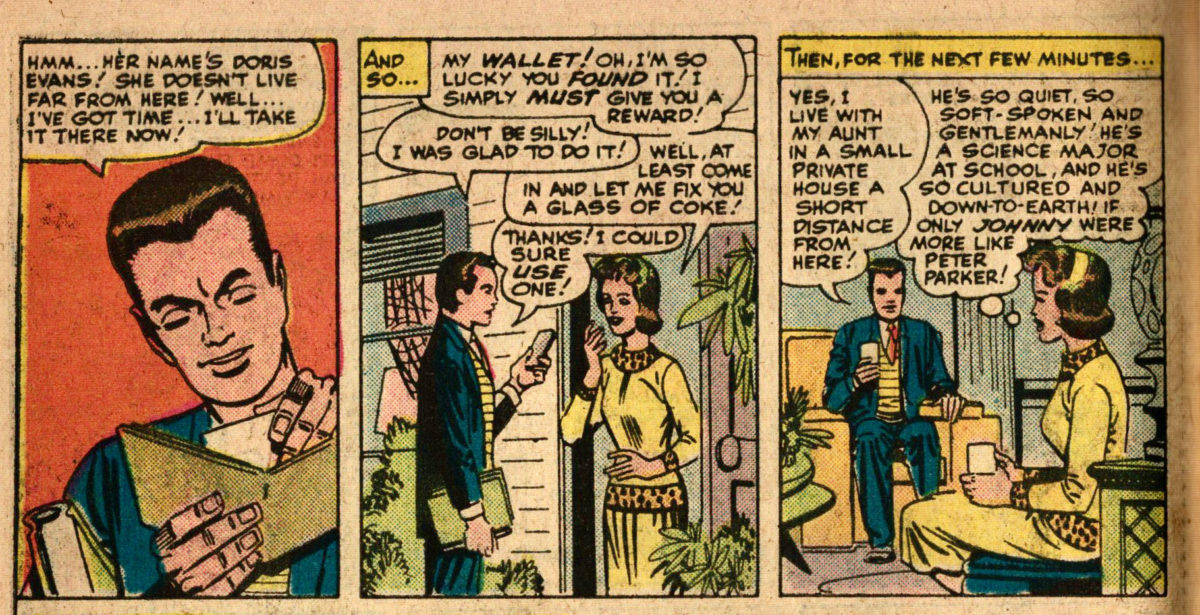Featuring: X-Men
Release: July 2, 1964
Cover: September 1964
12 cents
Written with all the spell-binding skill of: Stan Lee
Drawn with all the titanic talent of: Jack Kirby
Inked with all the vibrant verve of: Chic Stone
Lettered with all the words spelled right by: Art Simek
22 pages

The time has come for the next chapter in the history of the X-Men. The series began with the premise that the X-Men were students of an unusual school. We saw two issues back that they passed their final exam. Now, it’s graduation day.

We just saw Johnny celebrate his spring break. And we are almost a year (in publication time) away from Peter’s graduation. It’s possible the publication dates poorly reflect when this story is set within the Marvel Universe, but it’s also possible this unique private school does things its own way, and has a much earlier graduation date than the regular schools attended by Peter Parker and Johnny Storm.
It’s odd that Iceman is graduating with the rest given that he’s a couple years younger than them. Maybe he’s gifted. Or maybe it’s just a really weird school.
Continue reading “X-Men #7”


































